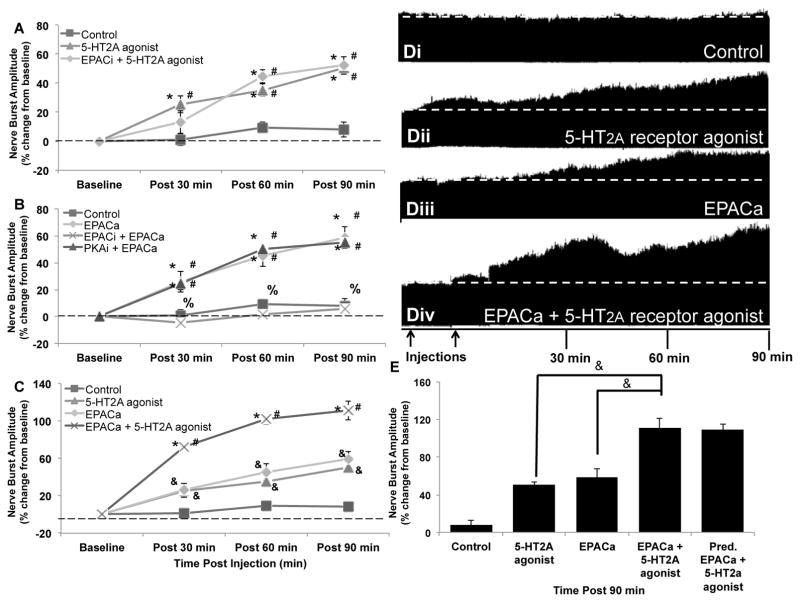Figure 2. EPAC additively enhances 5-HT2A receptor-induced phrenic motor facilitation.
A) Intermittent intrathecal injections of 5-HT2A receptor agonist (3×6μL, 100μM) elicited pMF (90min: 50.6 ± 3.1%; n = 6; p < 0.001); this pMF was not affected by EPACi pretreatment (10μL, 2mM; 90min: 52.4 ± 6.1%; n = 5; p < 0.001 versus 5-HT2A-induced pMF). B) Intrathecal EPACa injections (10μL, 100μM) elicited pMF (90min: 58.9 ± 8.2%; n = 6; p < 0.001), an effect constrained by EPACi (90min: 6.2 ± 16.7%; n = 4; p < 0.001 versus EPACa induced pMF), but not PKAi (10μL, 1mM; 90min: 55.2 ± 2.5%; n = 4; p = 0.979 versus EPACa induced pMF). C) Concurrent EPACa and 5-HT2A agonist injections elicited an enhanced pMF significantly greater than EPACa or 5-HT2A-induced pMF alone (90min: 110.9 ± 10.0%; n = 6; p < 0.001 versus EPACa or 5-HT2A agonist-induced pMF). D) Representative phrenic neurograms; i) vehicle control, ii) vehicle + 5HT2A receptor agonist, iii) vehicle + EPACa and iv) EPACa + 5-HT2A receptor agonist. First arrow represents pretreatment injection; second arrow represents either start of intermittent 5-HT2A agonist injections or start of single EPACa injection. E) Summary of data from A–C; the actual pMF from combined EPACa and 5-HT2A activation was not different from predicted pMF resulting from additive contributions from the pMF elicited when each molecule is activated alone. Data represent mean values ± 1 SEM. Significant differences from baseline (#), control (*), EPACa (%), or EPACa + 5-HT2A agonist (&).

